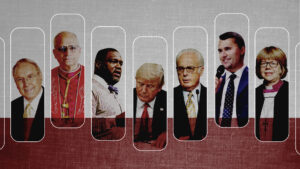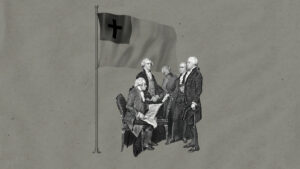Stories about losing rarely reach the front page, but our countercultural faith is different. We believe to live is Christ and to die is gain. Daily news of victories—in sports, in politics—obscures this truth. That’s why we need more stories of gaining through loss. Such stories are bound to continue for the faithful in today’s America.
The Falls Church Anglican has lived through such a story. In 2012, this historic church in Northern Virginia took a stand for their faith and lost everything to the Episcopal Church. After crushing defeats in the courts, the church moved out of the property George Washington had graced centuries before. They walked away from their colonial building and history. They left the soaring sanctuary they built, one that had hosted hundreds (if not thousands) of weddings and baptisms. They left the prayer books, the sound equipment, and the $2.8 million in cash that members had donated to church accounts specifically designated not to go to the Episcopal Church.
Everything exterior about the church had to change—the worship space, the offices, the website, even the name. Now there was the The Falls Church Episcopal at the historic property, and The Falls Church Anglican without a place to call its own.
But the church didn’t fade. They’d simply been pruned of material things. They were ready to grow and thrive as never before, planting new churches and proclaiming the gospel of Jesus Christ. God had long prepared The Falls Church Anglican for this journey.
Renewal and Conflict
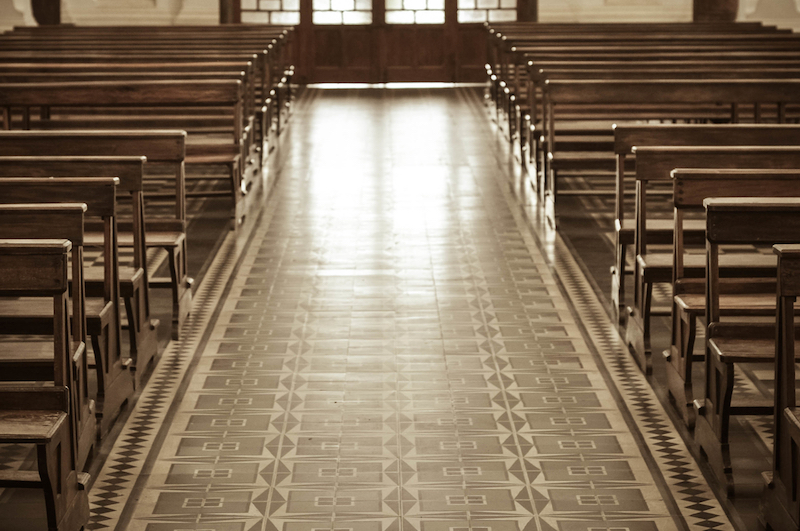
Why is he preaching about Jesus so much?
That was the question on many long-timers’ minds in 1979. It wasn’t that those at The Falls Church didn’t care about faith, but focusing too much on Jesus could make people uncomfortable. The Episcopal Church was supposed to be comfortable. And The Falls Church, in particular, was a stately place with dignified members. It was uncouth to be fired up for Christ.
None of these concerns altered the focus of John Yates, the new rector in 1979. He had a vision for gospel renewal.
This was far from easy, but the focus on Jesus brought change. The congregation doubled in size, then doubled again. By 1984, just five years after Yates had arrived, an article in Christianity Today praised the emerging vitality of The Falls Church, while offering a fateful warning that “changes are taking place that could alter the course of the entire denomination.”
And so they did. As the Episcopal Church moved away from orthodox faith in the following decades, tensions simmered and eventually boiled over. In December 2006, 90 percent of The Falls Church voted to leave the Episcopal denomination.
Yates and an Episcopal bishop in Virginia had nearly reached agreement for a peaceable separation. The week before the vote, however, the Virginia bishop met with Yates and essentially informed him: “Everything is off. There’s a new sheriff in town.”
The newly elected presiding bishop of the Episcopal Church, Katharine Jefferts Schori, had led the denomination to adopt a sudden and unprecedented rule that no breakaway groups would be allowed to purchase their church property. She refused to make settlements that might encourage religious bodies to challenge the Episcopal Church. She admitted her policy would allow the buildings to be used as saloons, or for Muslim worship—just not by fellow Anglicans. It didn’t matter how much they offered to pay.
Years of painful litigation ensued. The Falls Church ultimately lost its case when the U.S. Supreme Court denied the appeal. The historic congregation had to move out of the building that America’s first president commissioned before the Episcopal Church even existed.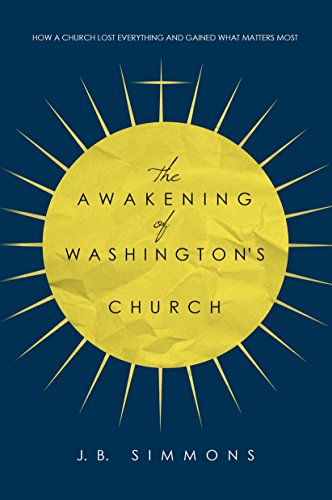
Loss for Christ
You can tell a lot about people by how they respond to adversity. This is as true for groups as for individuals. Consider the Israelites of Moses’s time when they left Egypt. They lost their homes. They trekked through the desert, hungry and grumbling. They fashioned a golden calf to worship instead of God. So he punished that generation by making them wander for 40 years; indeed, only two of those who’d left Egypt made it into the Promised Land. Even Moses got only a glimpse of it.
Consider also the apostles. When they lost their leader, they were confused and afraid. They hid. It wasn’t until Jesus returned, and until they received the Holy Spirit, that they were ready to spread good news.
Now consider the congregation at The Falls Church. Would they grumble and face God’s punishment like the Israelites did? Or would they shrink back and hide like those early apostles did?
They did something entirely different. The Falls Church worshiped, and they planted new churches. Pruned of typical comforts, the congregation forged into the unknown with deeper trust in the Lord.
The Anglican bishop John Guernsey explained it beautifully at a 2012 conference:
When the crisis hit the Episcopal Church in 2003, The Falls Church responded by planting a church among the poor in Washington, D.C. When The Falls Church left the Episcopal Church in 2006 and was sued, they responded by . . . planting another church. Millions of dollars were drained away in litigation before they received a first-round victory in court. Their response . . . was to plant two more churches. Then the positive ruling was reversed on appeal and they were sent back for another trial. They responded by planting another church. This time they lost at trial and they were forced out of their buildings this spring. Their response—you guessed it—has been to prepare to plant another church this summer.
After sending out clergy and parishioners to plant six churches, The Falls Church has grown by over a third in nine years, and the combined average Sunday attendance of The Falls Church and these six church plants is more than double what The Falls Church’s was in 2003.
The Falls Church Anglican has now purchased a new property on a busy highway leading into Washington, D.C. Designs are underway for a sanctuary within the next two years. Many in the congregation look forward to bringing the gospel to a new neighborhood. They’ve taken to heart that biblical faith faces persecution but promises eternal reward, as it always has.
Times of cultural drift and opposition call for renewal and awakening. They call for powerful stories of God’s sovereign work. This is one of those stories. This is the awakening of Washington’s church.*
Editors’ note: Join us in Indianapolis next April to learn more about the Reformation’s relevance to various areas of life and ministry. Our 2017 National Conference—“No Other Gospel: Reformation 500 and Beyond”—will celebrate the Reformation’s 500th anniversary and feature more than 50 talks from 65 speakers. Graham Cole—dean of Trinity Evangelical Divinity School and an ordained Anglican minister—will lead workshops on “Gospel-Centric Anglicanism” and “Bible Reading and Hearing in the Work and Ministry of Thomas Cranmer.” Browse the speaker list and register soon. Prices increase on October 31!
* All royalties for the book will go to The Falls Church Anglican.
Free Book by TGC: ‘Before You Lose Your Faith’
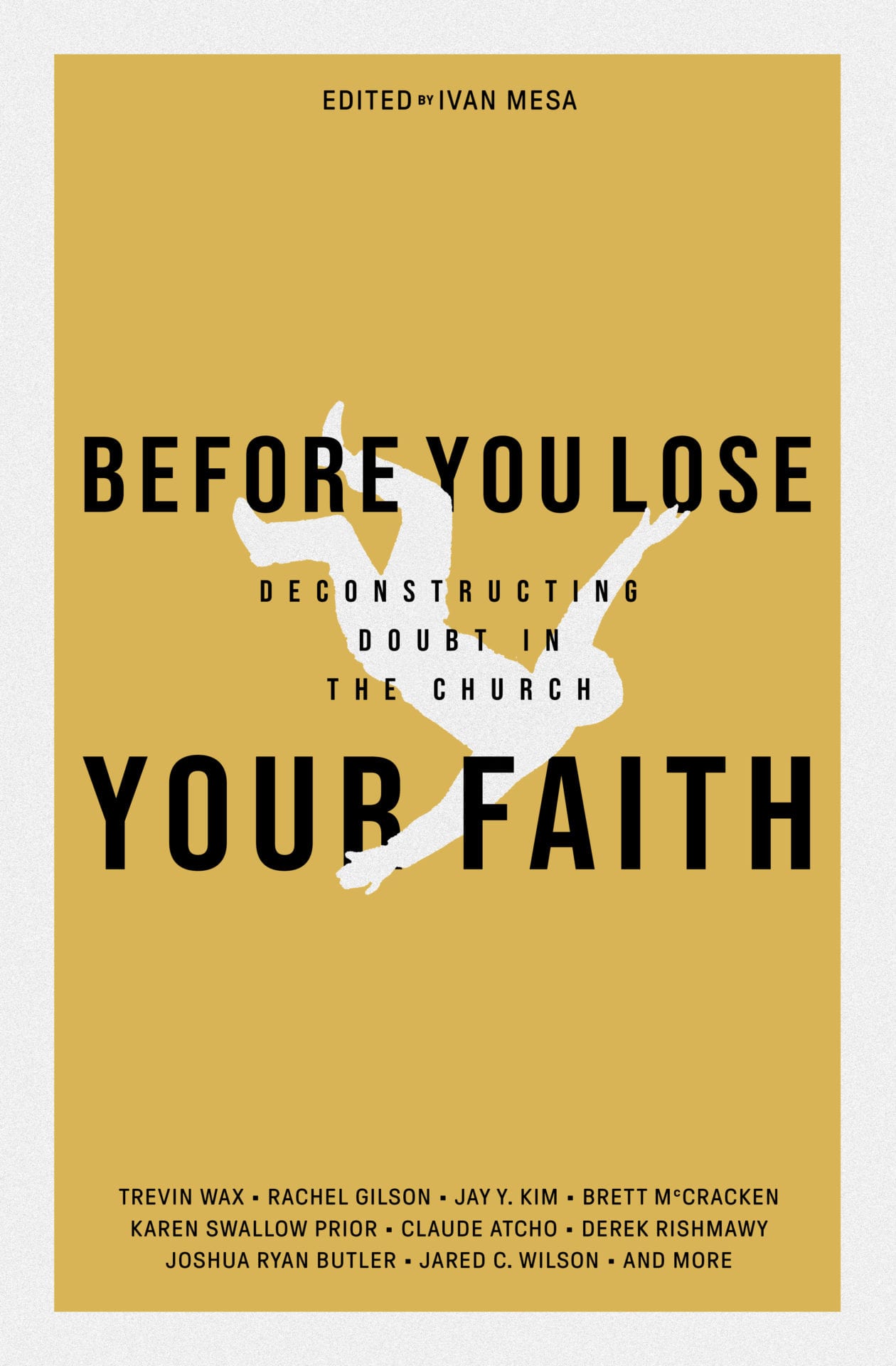 Many young people are walking away from Christianity—for reasons ranging from the church’s stance on sexual morality, to its approach to science and the Bible, to its perceived silence on racial justice.
Many young people are walking away from Christianity—for reasons ranging from the church’s stance on sexual morality, to its approach to science and the Bible, to its perceived silence on racial justice.
TGC’s book Before You Lose Your Faith: Deconstructing Doubt in the Church is an infusion of hope, clarity, and wisdom in an age of mounting cynicism toward Christianity.
For anyone entering college or the workplace and looking for a timely reminder of why Christianity is good news in a skeptical age, make sure to get your FREE ebook Before You Lose Your Faith today!









